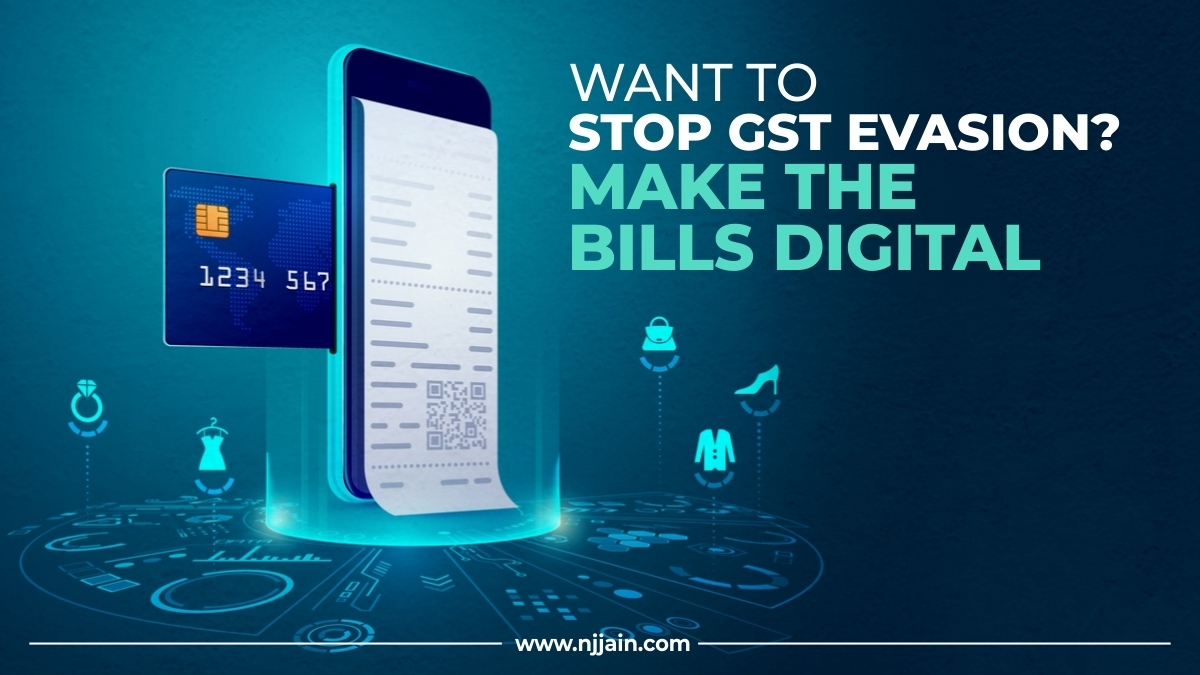
Intending to reduce GST evasion and bring a transparent transaction system, GST Council has made it mandatory for businesses, with gross turnover exceeding 500 crores, to issue an ‘electronic invoice’ for each transaction that the organization makes. This rule only implies on Business to Business (B2B) transactions, which will fall into implementation from October 1st, 2020.
Each e-invoice will be a Normal Tax Invoice, issued in the standard format of GST INV-01. It will carry a unique Invoice Reference Number (IRN), and a Quick Reference Code (QR Code) generated from the Invoice Registration Portal (IRP), a central registry to which the taxpayers will be reporting their e-invoices.
Any invoice without this two mandatory information will be treated as an invalid document. Even though Business to Consumer (B2C) transactions do not need an e-invoice, businesses with a turnover above 500 crores through B2C transactions are mandated to put a QR Code on their invoices.
Contrary to the tedious process that one might anticipate that entails the e-invoicing process, there is no drastic change in the invoicing process. The only change required is from the billing, accounting, and Enterprise Resource Planning (ERP) software companies who will have to make certain changes at their back-end, enabling the invoices to be pushed to the IRP.
The stepwise process of generating an e-invoice:
- Generating an invoice and its JavaScript Object Notation (JSON) from the in-house invoicing software.
- Uploading the JSON on IRP. You can do it directly by going to the portal or can redirect yourself through GSP.
- Once that is done, the IRP will assess the validity of the JSON and assign an IRN. The IRP checks whether the invoice was already reported and existing in the GST system. In case
the same invoice has already been registered earlier, IRP will reject it. - After that, the IRP will issue a signed JSON for the invoice.
- You have your digitally signed E-invoice ready.
All issued e-invoices will be automatically updated on the E-way bill portal and GSTR 1 by the IRP. E-invoices can be canceled within 24 hours of its issuance and not later. Once an invoice is canceled, the prescribed IRN will also be withdrawn and will not be used again to generate another invoice.
The introduction of this new invoicing system is beneficial in multiple manners:
- It will reduce reporting in multiple formats (i.e., GSTR – 1/E-way bill)
- E-invoicing can be further used for creating e-way bills by providing only vehicle details additionally.
- Substantial reduction in input credit verification issues as the same data will get reported to the tax department and the buyers.
- A complete trail of B2B/B2C invoices will be available.
- The system can auto-match input credit liability with output tax.
A system that consolidates and manages all the necessary data about an invoice at one portal can increase taxpayers and tax collectors’ efficiency. But, there are still various practical aspects for which the GST Council needs to provide us with clarification. Will the cancelation time frame increase during holidays and festivals? Will there be leg space for unintended human errors and mistakes?
